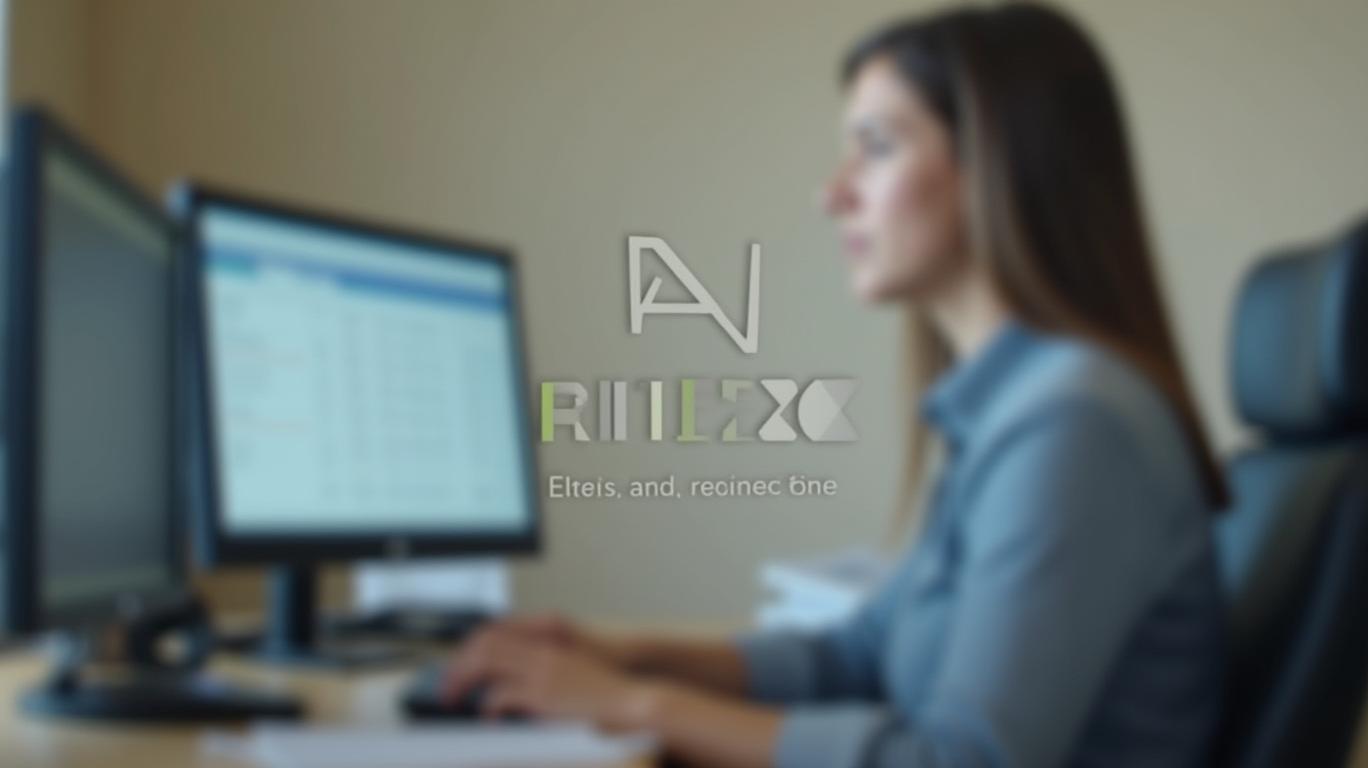Paychex’s 10% Dividend Boost: A Reward of Resilience or a Risky Gamble?
Paychex (NASDAQ: PAYX), a leader in payroll and HR solutions, recently announced a 10% dividend increase, raising its quarterly payout to $1.08 per share. This marks the 14th consecutive year of dividend growth for the company, underscoring its reputation as a dividend stalwart. But what lies behind this decision, and does it signal confidence in Paychex’s future—or a warning sign of overextension?
A Decade of Dividend Discipline
Paychex’s dividend history is a testament to its financial discipline. With a 5-year average dividend growth rate of 9.7%, the company has consistently returned capital to shareholders while navigating economic cycles. The latest hike brings its annual dividend yield to 2.62%, a modest but reliable income stream for investors. Yet, the dividend’s sustainability hinges on two critical factors: earnings stability and the payout ratio.

Q1 2025 Earnings: Growth Amid Headwinds
Paychex’s Q1 2025 results, released in February .2024, revealed a 3% revenue increase to $1.3 billion, though this figure masks underlying challenges. The expiration of the Employee Retention Tax Credit (ERTC) and fewer processing days shaved 2 percentage points off Management Solutions revenue growth. Meanwhile, its PEO (Professional Employer Organization) and Insurance Solutions segment thrived, growing 7% on strong sales and retention.
The company’s operating margin held steady at 41.5%, supported by disciplined cost management. Cash flow remained robust, with $546 million in operating cash flow and a 12-month return on equity of 46%, reinforcing its ability to fund dividends. However, the dividend payout ratio—the portion of earnings paid out as dividends—reached 80%, a red flag. Such a high ratio leaves little room for unexpected earnings declines or reinvestment needs.
Strategic Moves to Mitigate Risks
Paychex is addressing its challenges through innovation and acquisitions. In 2023, it acquired Paycor, a leading HCM platform, for $4.1 billion, aiming to strengthen its position in talent management and payroll integration. New products like Paychex Flex Engage (for employee engagement) and Paychex Recruiting Copilot (AI-driven recruitment tools) signal a push to expand revenue per client. These moves align with Aon’s 2025 HR trends, which highlight growing demand for AI-driven workforce solutions and equity-focused benefits platforms.
The Dividend Sustainability Debate
While Paychex’s dividend streak is impressive, the 80% payout ratio raises concerns. Historically, a payout ratio above 60% is often deemed risky, as it limits flexibility during downturns. For comparison, the broader Software - Application industry averages a payout ratio of ~40%, suggesting Paychex is more exposed to earnings volatility.
However, the company’s free cash flow of $1.158 billion and disciplined capital allocation—$353 million in dividends and $104 million in buybacks in Q1—provide a buffer. Management also emphasizes its “smart acquisitions” strategy, which could drive long-term earnings growth.
Peer Comparison: A Dividend Leader?
Paychex’s dividend yield of 2.62% lags behind peers like Automatic Data Processing (ADP), which offers a 2.8% yield, but outperforms Workday (WDAY) (0.5%) and Ultimate Software Group (ULTI) (0.2%). Its 9.7% 5-year dividend growth rate aligns with ADP’s ~8% growth, but trails behind Paycor’s pre-acquisition trajectory. The lack of detailed peer payout ratio data complicates direct comparisons, but Paychex’s focus on cash retention and dividend prioritization sets it apart.
Risks on the Horizon
- Interest Rate Cuts: Paychex’s interest income from client funds grew 15% in Q1 due to high rates, but guidance now expects a $10 million drop in 2025 due to anticipated Fed easing.
- Workers’ Compensation Headwinds: The PEO segment faces pressure from rising insurance costs, though Paychex’s Paychex Perks platform aims to offset this by reducing turnover.
- Client Retention: While retention is near-record levels, competition in HR software (e.g., ServiceNow’s Moveworks acquisition) could test Paychex’s dominance.
Conclusion: A Dividend Darling with Caveats
Paychex’s 10% dividend boost is a clear vote of confidence in its financial resilience. With a $1.4 billion dividend commitment for fiscal 2025, it remains a top pick for income investors. However, the 80% payout ratio and reliance on interest-sensitive revenue create vulnerabilities.
Final Take: Paychex is a reliable dividend player, but investors must weigh its income appeal against its elevated payout ratio. For those prioritizing steady payouts in a low-yield environment, it’s a solid choice—but keep a close eye on its margins and client retention metrics. As CEO John Gibson notes, “innovation and efficiency” will be the keys to sustaining this dividend tradition.
In a sector racing toward AI-driven solutions, Paychex’s strategic bets—like Paycor and its AI tools—could solidify its lead. Yet, with the payout ratio at a precarious high, the next earnings report will be pivotal in determining whether this dividend hike is a triumph or a tipping point.










